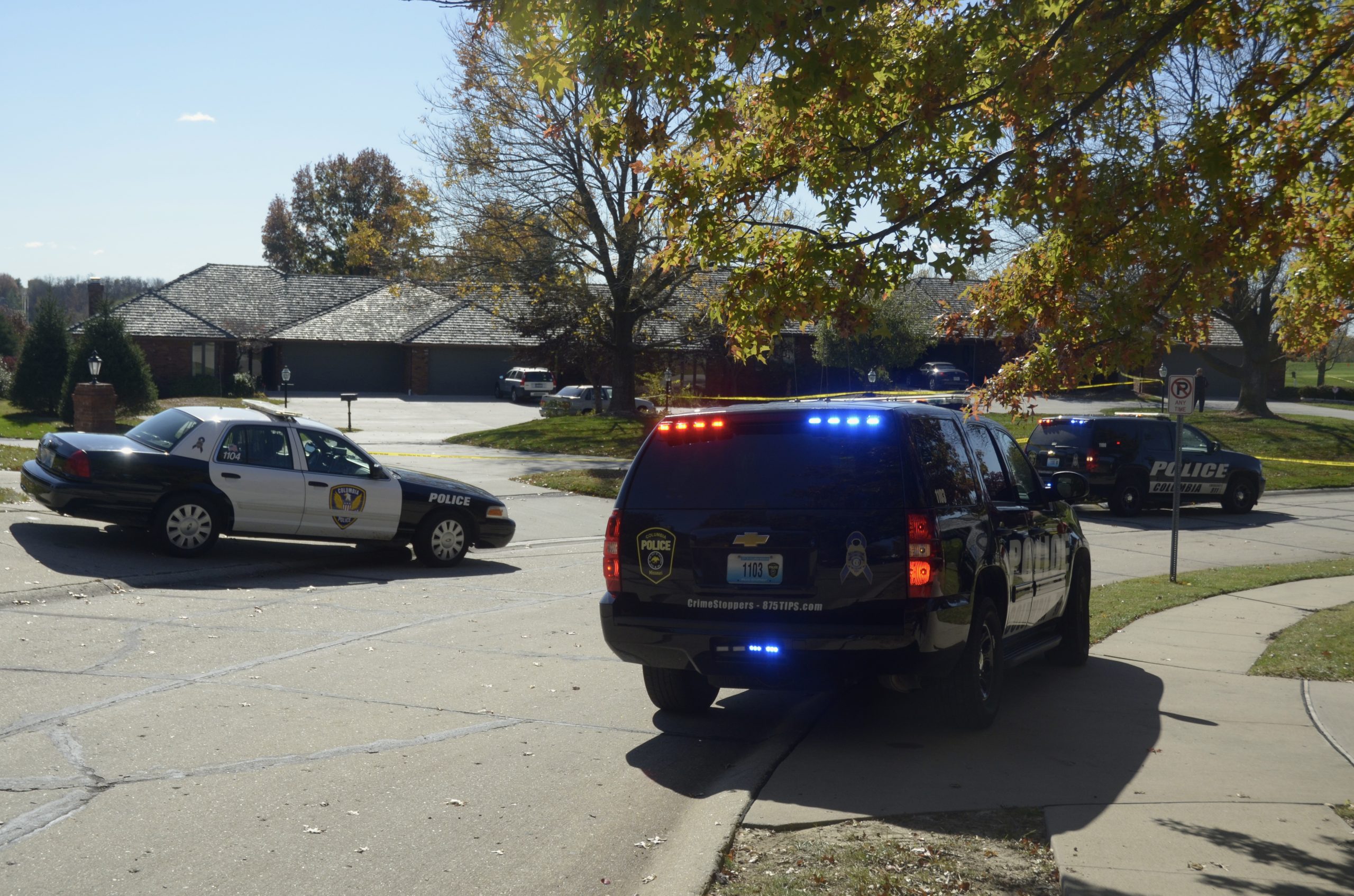
Image Credit: KOMUnews, CC BY 2.0 via Wikimedia Commons
By Saul Roth
Another study by Anshel et al. (1997) found that officers experiencing acute stress situations usually reappraised the incident. They usually attempted to perceive it in a more positive way in their reappraisal. This coping skill likely helped these officers to handle very stressful events. The study found the less experienced officers used their emotions more in coping with stressful events. By contract, the veteran officers used problem-solving strategies and were able to go back and reappraise using past experiences of acute stress (Anshel et al., 1997)
Some studies conclude that chronic and acute stress both effect officers negatively. A study of Swiss police showed a large prevalence of psychiatric problems in the officers that participated (Arial, Gonik, Wild, & Danuser, 2009). There are two different types of chronic stress. The first involves the day-to-day operation that causes ongoing stress. These include responding to bloody crime scenes, abuse from the public, and physical threats. The second is the chronic stress from problems within the organization. This includes bad management, shortage of personnel, unreliable equipment, and shift work. PTSD is acute stress. Many times PTSD is confused with other types of mental disorders (Arial et al., 2009).
The majority of the Swiss officers identified poor pay and staffing shortages as stressors. The majority also related exposure to violence as a large stressor. The officers were also very stressed by conflicting the orders they received from the police department in they were employed. Other stressors appeared to be acute stress, weapon calls, and calls for help. The way in which each officer perceives a call determines how he or she will react to it. A lack of support from supervisors is a very large stressor to officers as well. This stress seems to adversely affect the officers’ mental health. If an officer feels supported by his or her supervisor, he or she might be able to adapt more easily to difficult conditions (Arial et al., 2009)
Almost 12% of the officers Arial et al.’s (2009) study had scores consistent with psychiatric symptoms. Brown (1999) showed 40% and Biggam (1997) found 25%. Even though those scores were higher, close to 12% is a very high number of officers to be experiencing psychiatric problems. These studies were also completed in different jurisdictions. Each jurisdiction has different experience with acute and chronic stress (Arial et al., 2009). It is clear that officers in different police departments around the world experience different types of stress. Whether it is chronic stress or acute stress, it is a problem that police departments need to face. There are many stressors in police officers’ day-to-day activities. Not all police officers are involved in shooting incidents, but those who do experience all types stress. These officers fear legal problems, experience sleep deprivation, and have disturbed time perception. The situation is further complicated by peer pressure as well as the officers’ masculine values. Many police officers deny or repress their feelings. One third of officers involved in shooting incidents are greatly affected and another third are moderately affected. The other third reported no effect from being involved in a shooting. They are probably the officers in denial or repressing their feelings (Karlsson, 2003).
Even though officers might not actually be involved in a shooting incident, most will be involved in incidents where they must draw their weapons. These incidents range from searching a burglarized home to confronting emotionally disturbed person with weapons. Many of these incidents happen quickly, where the officer is surprised about the event. Officers are sometimes involved in incidents where they almost open fire on colleagues. There have been many incidents in which officers did, in fact shoot, a colleague whom they thought was a suspect (Karlsson, 2003).

Recent Comments